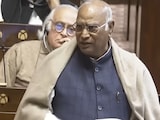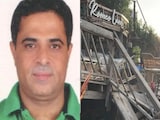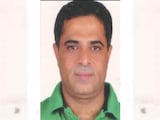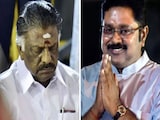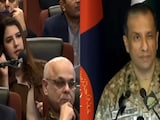Indian-origin former Tesla executive Ganesh Venkataramanan has founded DensityAI, an AI startup developing chips, hardware, and software to power data centres for automotive, robotics, and AI applications.
The company, preparing to exit stealth mode, is in talks to secure hundreds of millions of dollars in funding, according to a Bloomberg report. Co-founders include ex-Tesla engineers Bill Chang and Ben Floering, with about 20 ex-members of Tesla's Dojo team, including senior staff, joining the venture. Talent from across the tech industry has also been recruited.
The company is developing chips, hardware, and software for AI-focused data centres. Former Tesla investor relations chief Martin Viecha has signed on as an adviser.
Who Is Ganesh Venkataramanan?
- Ganesh Venkataramanan earned a BE in Electronics from the University of Mumbai in 1995. He briefly worked at Hexaware Technologies before pursuing further studies at the Indian Institute of Technology (IIT) Delhi, as per his LinkedIn.
- He started working at Analog Devices in 1998, helping design advanced computer chips used in electronics. In the early 2000s, he moved to AMD, where he spent almost 15 years leading the creation of powerful computer processors and managing a team of over 200 engineers.
- In 2016, he joined Tesla as Director of Autopilot Hardware, building the Silicon team from scratch and launching the industry's first Full Self-Driving (FSD) chip and computer.
- He became Senior Director of Autopilot Hardware in 2018, leading the concept-to-production of Tesla's Dojo Supercomputers for AI training and data centre infrastructure.
- He is currently based in Santa Clara, California.
Tesla's Dojo project, once led by Mr Venkataramanan, builds custom chips and servers to train neural networks for self-driving and robotics. News of the startup's launch came as Tesla shares ended flat in postmarket trading.
Density AI is targeting a significant gap in AI infrastructure, offering automakers a plug-and-play solution for the vast compute needs of self-driving systems, including tasks like sensor fusion, simulation, and edge computing.

